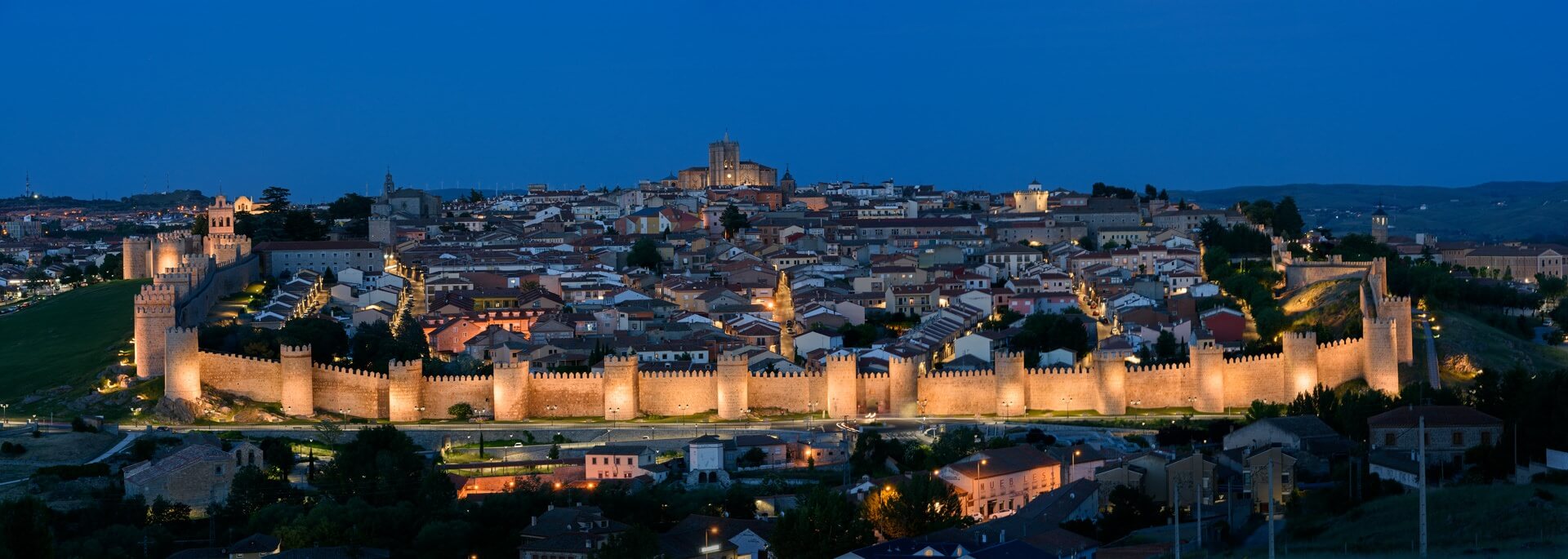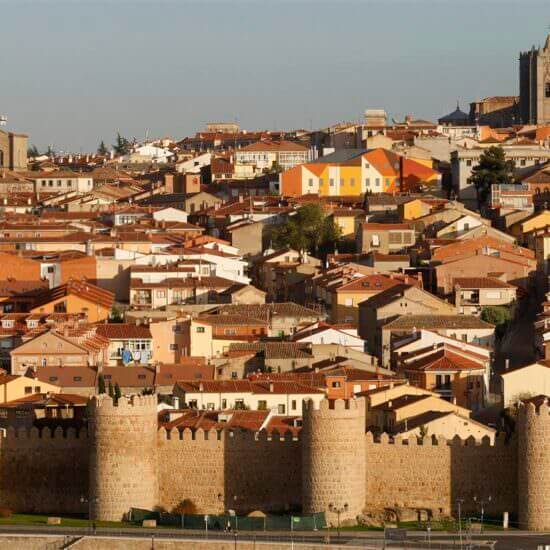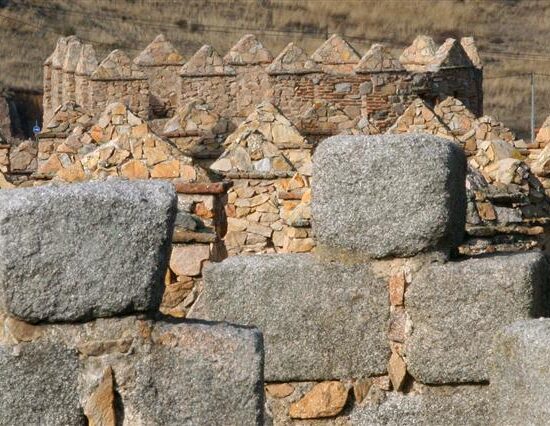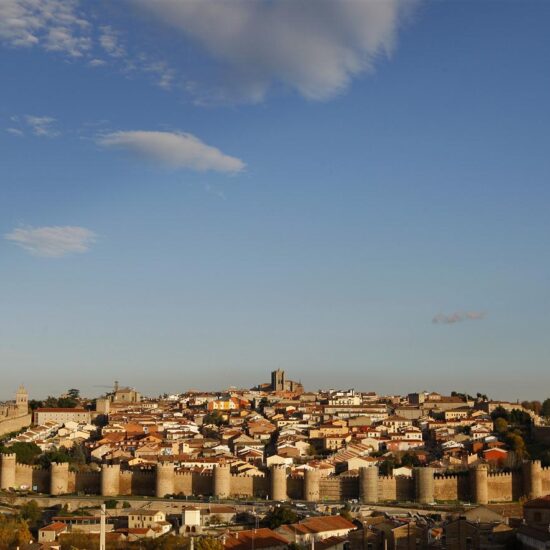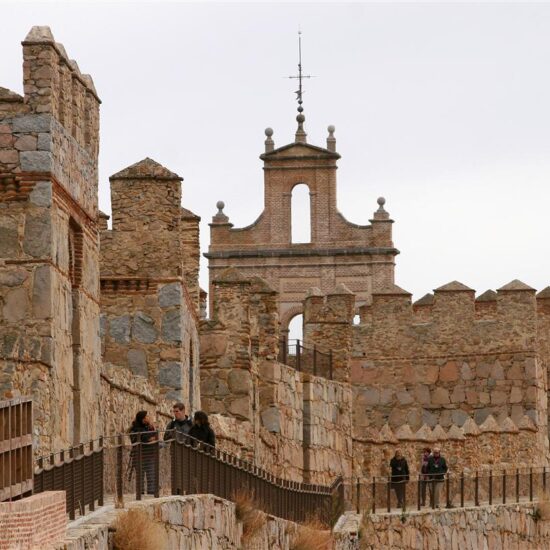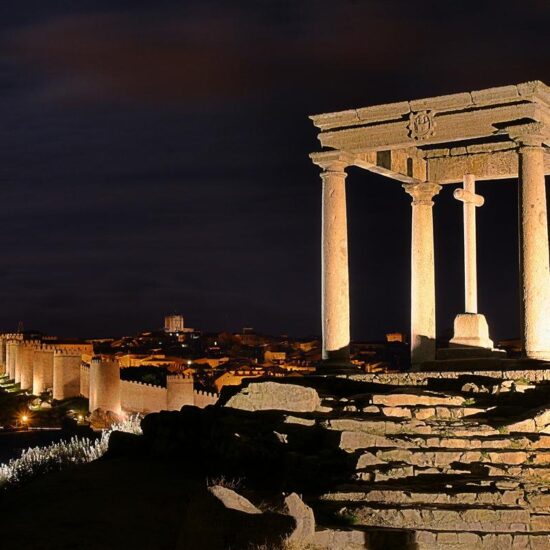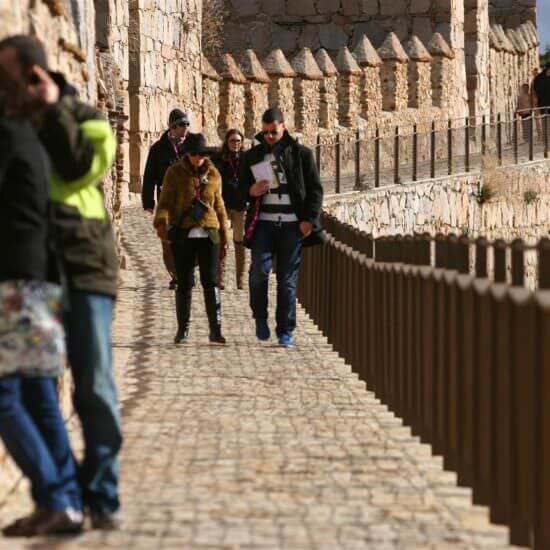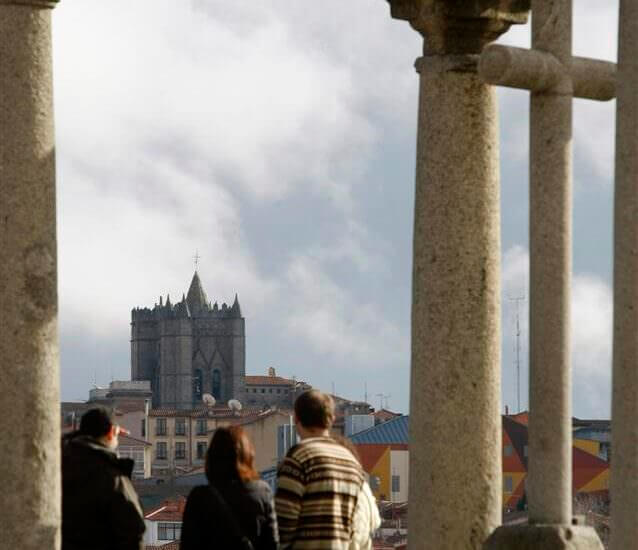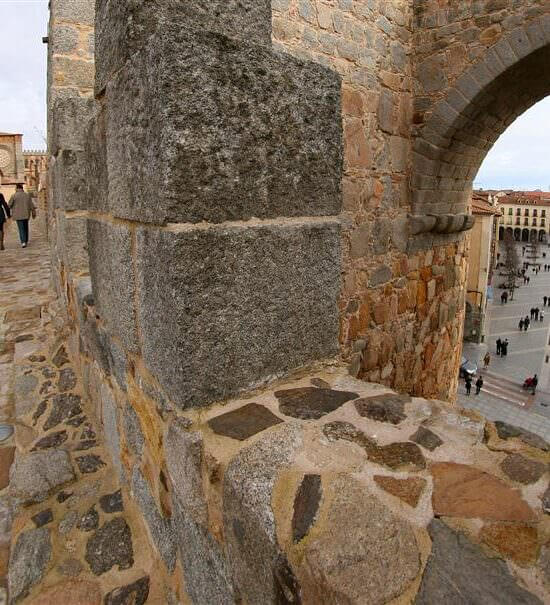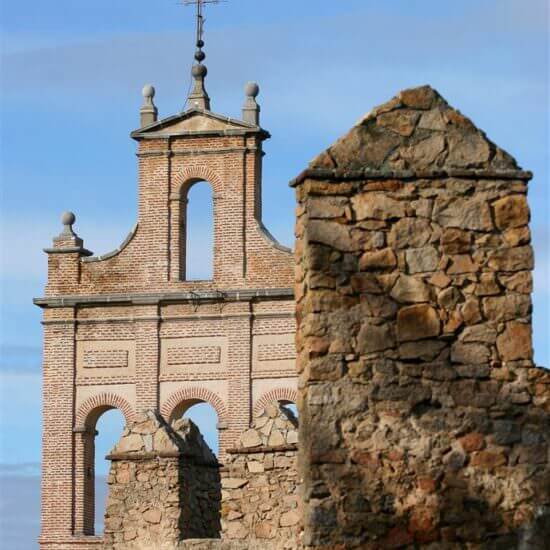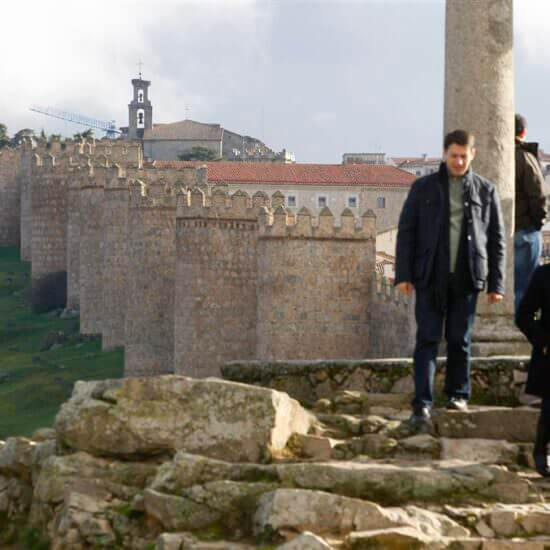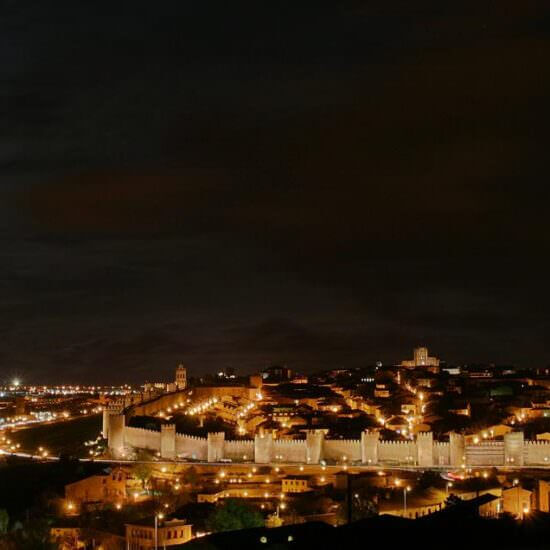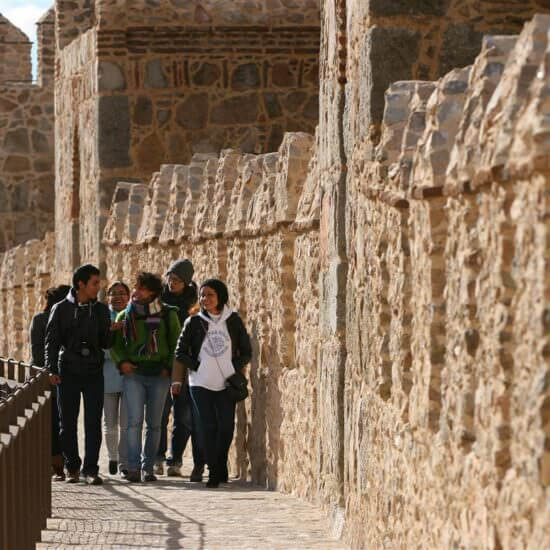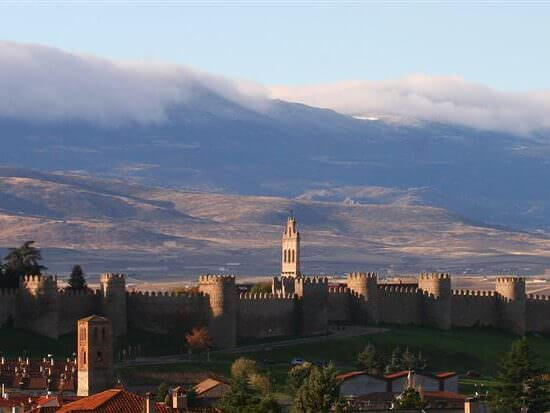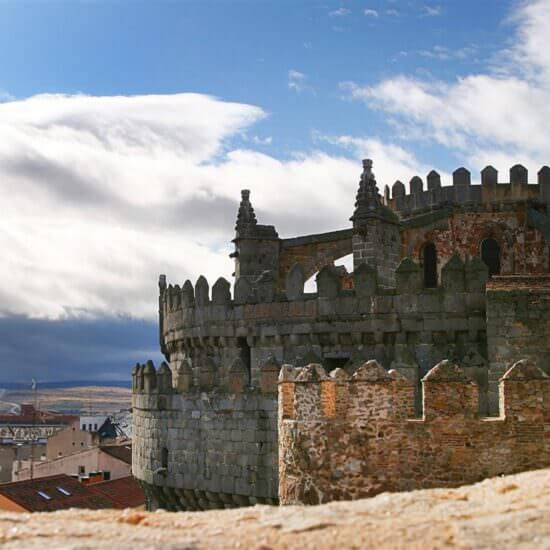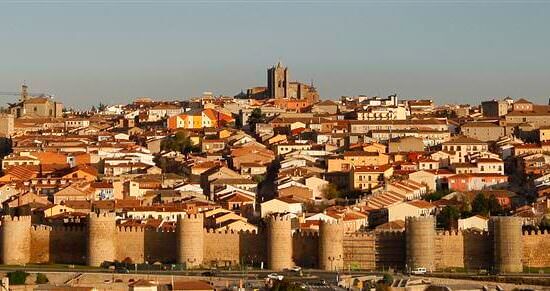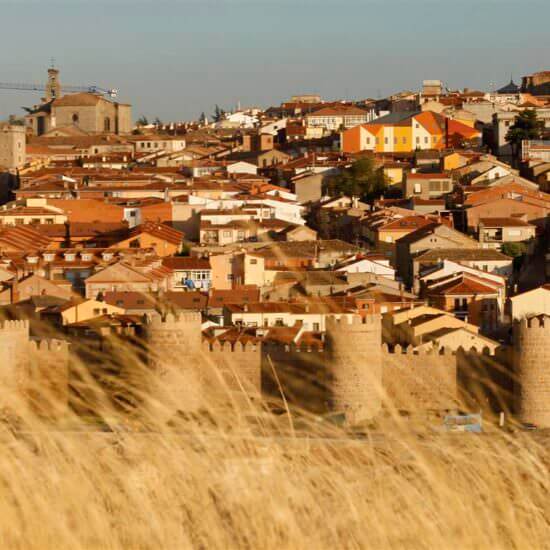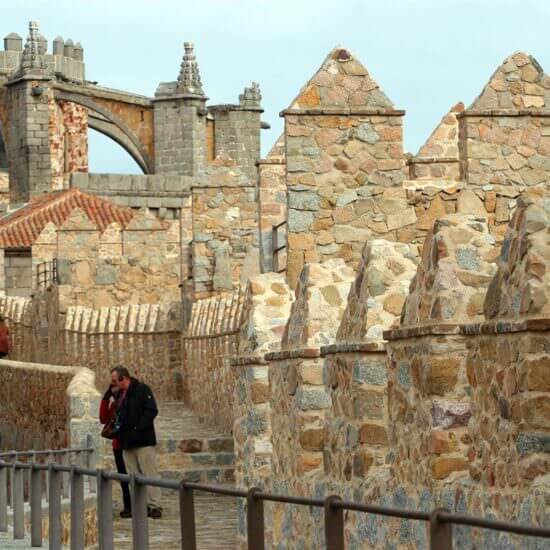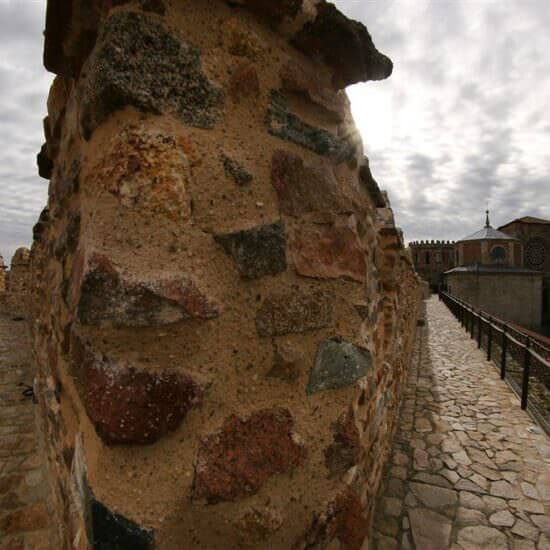Schedule
From 21 march to 30 june and 1 september to 31 october. 10 a.m. to 8 p.m.
Monday open.
From 1 july to 31 augost. 10 a.m. to 3 p.m and 5 p.m. to 11 p.m.
Last access 45 m. before closing time.
Access to the Alcazar gate: last access 19.30 h.
July and August
Alcázar: from 10.00 to 20.00h. ( Last access 19.30h.)
Carnicerías and Puerta del Carmen:
Monday, Tuesday, Friday, Saturday and Sunday:from 10.00 to 22.00 h. (last access 21.30)
Wednesday and Thursday: from 10.00 to 20.00 h. (last access 19.30 h.)
Puerta del Puente: from 10.00 to 21.00 h. (last access 20.30)
Winter hours. From November 1 to March 30
From 10:00 AM to 6:00 PM.
Closed on Mondays except November 10, December 8, and March 30
Last entry 45 minutes before closing.
Last entry to the Alcázar 30 minutes before closing
Special Christmas schedule:
December 24 and 31 from 10:00 AM to 3:00 PM (last entry at 2:15 PM / Alcázar at 2:30 PM)
Closed on December 25, January 1, and January 6
IMPORTANT NOTICE DUE TO WORKS:
Access and section Puerta del Carmen is closed
Tickets:
General rate: 8 €.
Reduced rate: 5 €.
Besides the archaeological evidence that suggests an original wall from the late-antiquity period (fifth century), set around a small area, the walls date from the Middle Ages. With a perimeter of 2516 m (around an area of 33 ha), 87 turrets, 9 gates and 2 small gates and 2500 merlons, the walls of Ávila are the best-conserved example of their kind in the world.
Palaces built on the interior formed a second line of defence against popular revolts and/or enemy attacks on the town.
The date of their construction is a matter of controversy. Some authors suggest that, in keeping with tradition, they were built at the end of the 11th century, while others consider that most of the construction work took place during the second half of the 12th century-beginning of the 13th century, as is the case of neighbouring military constructions.
Built on rock foundations, the walls stand as a powerful defence construction made of granite masonry, filled with stone and mortar. It has an irregular quadrilateral shape that is almost a rectangle and positioned longitudinally from East to West. Its construction began on the most vulnerable side (the east), where there are no natural elements of defence, which is why it is the most robust and grandiose side of the walls. The walls have a thickness of 3 m and a height of 12 m. There is a semi-circular turret every 20 m, standing 8 m above the height of the walls and this side has the largest and most solid gates.
The gates on the north and west sides are less majestic and the turrets show signs of work by Mudejar builders (brickwork). The south side gives the impression of depletion and the size of the masonry work decreases. It has smaller semi-cylindrical towers set further apart and gives an overall sensation of reduced resistance and robustness.
The east side has a large amount of reused Roman materials (steles, altar stones, urns, cupae, cornices, animal statues and columns, etc.) thought to come from the dismantling of an early Roman necropolis that was once located in the area.
In the 16th century, it was still used for economic control and health safety purposes and reforms were carried out to repair the walls; however, after the danger of war had disappeared, the decision was taken to remove some of the additional defence items (barbicans, moats, etc.), which had become ineffective against the military machines used at the time.
The repair and restoration work before their designation as a National Monument on 24 March 1884 was of a sporadic nature. However, two events led to it being used again for defence purposes: the French occupation (1809-1812) and the Carlist wars (1836-1840).
The work carried out later was supervised by the state and focused on the maintenance, restoration and artistic conservation of the walls as national heritage to favour their function as one of the city’s sites of interest.
At the end of the 19th century, certain intellectual circles advocated the demolition of the walls in keeping with what was happening in other European cities as they were considered a barrier to urban development. The Town Hall’s insistence and the lack of finance for the demolition work prevented their ideas from being put into practice.
In 1982, the old town was designated a Site of Cultural Interest (under the category of Historical Site) by Spanish Royal Decree 3940/1982 and it was designated a World Heritage Site by the UNESCO in 1985.
Much of the walls can be visited and accessed by all citizens at the places known as the House of Las Carnicerías, the Gate of El Alcázar and the Gate of El Puente. Audio guides are available in seven languages and there is also a special version for children.


